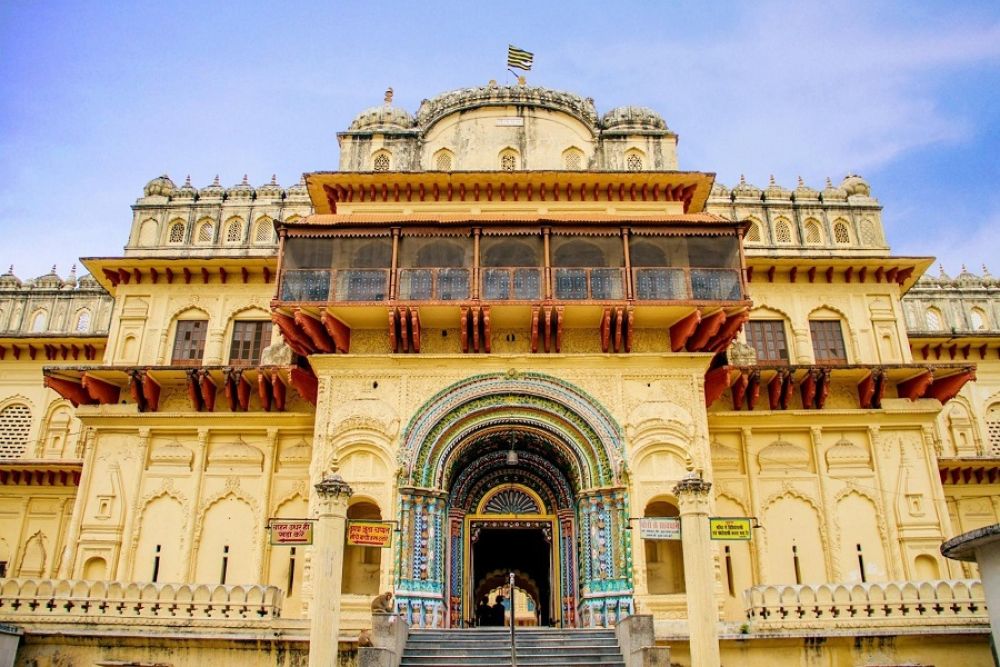

Ayodhya, a city steeped in antiquity, spirituality, and mythological grandeur, has been a focal point for pilgrims and history enthusiasts alike. One of the jewels in Ayodhya's crown of cultural heritage is Kanak Bhawan, often referred to as the 'Golden Palace'. This sacred edifice is believed to be a gift from Queen Kaikeyi to her stepson Lord Rama and his wife, Sita, after their celestial wedding.
The history of tourists flocking to Ayodhya to witness the splendor of Kanak Bhawan goes back centuries. It stands testament to the timeless love and devotion towards Lord Rama, who is an incarnation of the Hindu deity Vishnu. The original structure's existence is enshrouded in the mists of mythology, and while the current edifice is not the original construction, it resonates with the devotion of countless souls that have come before.
The present-day Kanak Bhawan was reconstructed in the 19th century by Vrishbhanu Kuvari, the Queen of Orchha, reflecting the continued tradition of royal patronage towards this sacred site. Its architecture is a fusion of traditional Hindu designs and local aesthetics, with an opulent display of gold-plated decorations, hence its name 'Kanak', which means gold in Sanskrit.
Through the years, Ayodhya has witnessed a consistent stream of visitors, all drawn to the spiritual magnetism of Kanak Bhawan. This site stands out not merely as a place of worship, but as a cultural touchstone that offers a glimpse into the epic narrative of the Ramayana. It forms an essential part of the larger Ramayana Circuit, an initiative by the Indian government to promote religious tourism by enhancing visitor experience at locations associated with this ancient epic.
Kanak Bhawan has been a major center of attraction not only for its religious connotation but also for its architectural magnificence and historical value. The ambiance around the temple, especially during festivals like Ram Navami, Diwali, and Dussehra, is electric with bhajans, pujas, and a massive influx of devotees from all walks of life.
In recent years, with the development of the Ram Mandir in Ayodhya, there has been a renewed and increasing interest in the city's tourism. Modern infrastructure developments such as better roads, enhanced security, and improved facilities for pilgrims have contributed significantly to the ease of travel for both domestic and international tourists.
Moreover, with the advent of technology, virtual tours and online darshans are becoming increasingly popular, allowing those unable to visit in person a chance to experience the divinity of Kanak Bhawan. Social media and online platforms have also enabled a wider audience to discover and plan their pilgrimages to this eminent site.
In conclusion, the tourism history of Kanak Bhawan in Ayodhya is deeply rooted in the spiritual traditions of India. Despite the passage of time, it continues to be a beacon of devotion, attracting millions seeking blessings and peace. As Ayodhya evolves with current trends in tourism, the essence of Kanak Bhawan as a timeless spiritual heritage site remains unaltered, promising a unique and mesmerizing experience for all who visit.